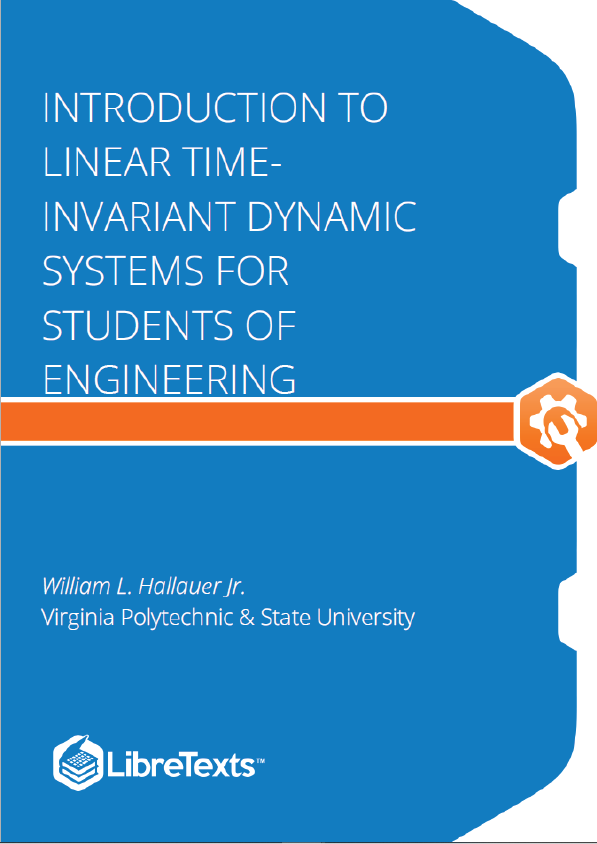The subject of this book is the dynamic behavior of physical systems, with some emphasis on simple mechanical and electrical systems representative of or analogous to those often encountered in aerospace and mechanical engineering. A system, as defined in this book, is a combination of two or more simple physical elements or components, these being connected together in such a way that they all influence the dynamic behavior of the entire system. An element or component, as defined in this book, is usually a discrete object, such as a mechanical spring or an electrical resistor. This object usually produces a discrete effect, such as a motion-induced force or a voltage drop. Dynamic behavior is the variation in time of some physical response quantity of the system, for example, the position of a mass, or the voltage at some location in an electrical circuit.
The general subject of this book is relevant to courses that are offered in most engineering colleges for students who major in aerospace engineering, mechanical engineering, engineering mechanics, ocean engineering or naval architecture, electrical engineering, and chemical engineering. Many of the specific topics addressed within chapters and in homework problems following chapters are relevant especially to the study and practice of aerospace engineering.
The mass-damper of Figure 1.3.1 can be used to represent approximately (i.e., to model) some actual physical systems. One such system is a surface ship moving over the water under its own propulsion or being pushed/pulled by a tugboat. Another is an automobile hydroplaning on a wet road. You can probably think of other similar real systems. However, it is important for us, as engineers, to recognize that the mass-damper system is not the actual system, but only an approximate idealized physical model of the actual system. We are able to derive from this idealized physical model the solvable mathematical model, which consists of ODE Equation 1.3.3 and known values for and . The actual physical system, on the other hand, might be so complicated that it cannot be characterized mathematically with absolute precision. For example, the ideal viscous damping model used in the derivation of ODE Equation 1.3.3 is almost certainly not an exact representation of the liquid drag forces acting on either a surface ship or a hydroplaning car.
The same general observation applies for almost any idealized physical model and associated mathematical model developed for engineering purposes: the physical model is, at best, a reasonably accurate approximation of the actual physical system. The fidelity of a model usually depends on a number of factors, including system complexity, uncertainties, the costs of modeling and mathematical/computational solutions, time constraints, modeling skills of the engineer, etc.
But a reasonably accurate approximate model often suffices for engineering purposes. Engineering systems are usually designed conservatively, with redundancies and factors of safety to compensate for severe overloads, unexpected material flaws, operator error, and the many other unpredictable influences that can arise in the functioning of a system. As engineers, we almost never require 100 % accuracy; we are usually satisfied if our mathematical/computational predictions of system behavior are qualitatively correct and are quantitatively within around 10 % (in a general sense) of the actual behavior.











